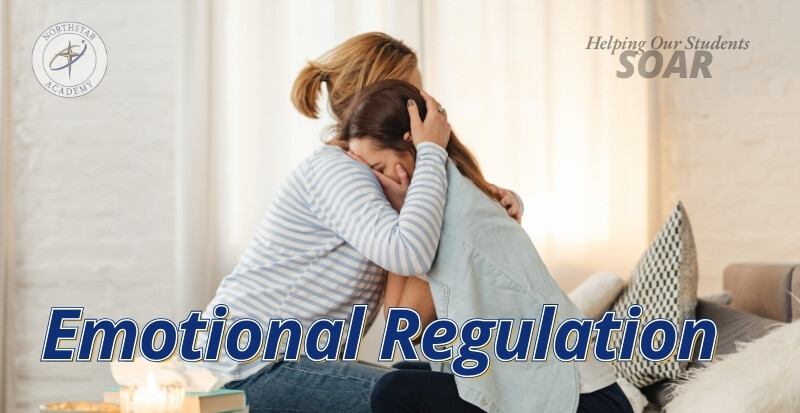Emotional Regulation

In our last article, we explored self-regulation as the ability to manage learning processes in an online environment, including structuring learning spaces, planning, and monitoring progress. Emotional regulation is a key piece of this puzzle. Strong emotional regulation supports students in managing their learning environment, personal planning, and behavioral functioning effectively.
Dr. David Tranter’s The Third Path highlights that strong, trusting relationships create a foundation of safety essential for students to succeed.
Colossians 3:12 encourages us to:
"clothe yourselves with compassion, kindness, humility, gentleness and patience."
By modeling these traits and helping your child manage emotions, you build both their confidence and ability to self-regulate.
Practical Application for Parents:
Grades 1-4:
Younger students need direct supervision and consistent guidance. Help them name emotions and connect to strategies like prayer, deep breathing, or a calming routine.
Grades 5-9:
Provide structure and routines while guiding them to use coping tools independently, like self-reflection and time management.
Grades 10-12:
Support students by offering daily check-ins to help with goal-setting and emotional balance as they develop independence.
All Grades:
The movie Inside Out illustrates how emotions influence behavior. In one scene, Riley’s emotions disrupt family dinner dynamics. Use this clip to start conversations about recognizing emotions and responding positively.
By nurturing emotional regulation alongside self-regulation, you equip your child with tools for success in learning and life.

